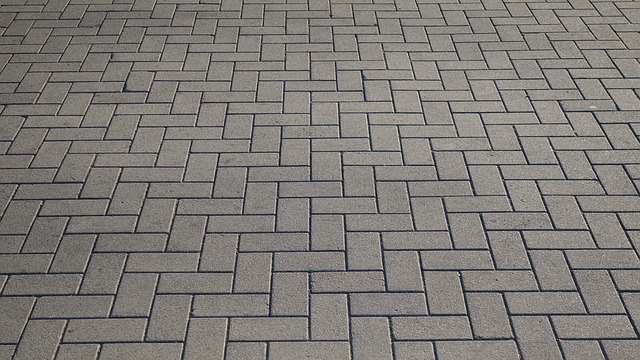Building a structure with stamped concrete is a big deal. This is mainly because this material offers a curb appeal, durability, functionality and ease of maintenance than any other building material in the world. Stamped concrete also offers permanence in color, which means that if it is properly sealed, it is capable of maintaining its beauty for a long time.

With stamped concrete, you can tailor your structure to replicate other materials that come with a hefty price tag on them such as marble, flagstone and many others. If you choose the best concrete contractor to do the job for you, you will realize that with stamped concrete, you can actually build whatever you can imagine.
Like all other materials, stamped concrete degrades over time. Luckily, there are a variety of wears that one can use to slow down damage in concrete. What you need to do is to act swiftly to a problem whenever you notice it. Ignoring a defect in this material is unwise, since it can lead to costly repairs and replacements in future.
You need to do routine inspections on your structure, and identify areas that need immediate attention. Once you do, you can call your most trusted decorative concrete contractor, or if you are a DIY enthusiast, you can start the repairing process promptly.
There are an array of problems to watch out for when using stamped concrete. They include;
Cracks
This is undoubtedly the most common problem in all types of concrete, stamped concrete is not an exception. Cracks start at the surface of the structure, and if not repaired, they dig deeper into the bottom of the slab, and can cause an overhaul damage, and in some cases, they force the structure to thunderously crumble. If at any one time you will allow the cracks to go through the subgrade, no type of repair will restore the strength of your structure. You will need to replace it at a cost.
You can easily fix cracks yourself even if you are not a DIY diehard. All you need to do is to remove all loose chippings and debris out of the damaged area and fill it with a quality concrete filler. After the patch cures, you can then apply a sealant to enhance its strength.
Discoloration
As it is widely known, stamped concrete come in many colors, and you can choose one that suits your needs and preferences. After installation, your structure becomes one of the most adorable element in your modern home. However, after sometime, you notice some dark or light patches on it. This is known as discoloration, and it is mainly caused by poor installation methods, or stains from chemicals or automobile fluids.
Do not allow discoloration to spread. As soon as you spot it, dip a stiff brush in a vinegar solution, and scrub the area to restore its aesthetic appeal. If you find out that your case id severe, you can make use of stronger chemicals such as diammonium citrate or hydrochloric acid. An important thing to note here is that if you do not make proper solutions with these chemicals, you might end up destroying your structure. It is, therefore, judicious to seek the services of a good decorative concrete contractor.
Scaling
This problem occurs in the cold months of winter when people use de-icing chemicals on their structures. The surface of a structure will start showing signs of pitting, or scaling, which is essentially the loss of surface material. If not repaired on sight, the loss of these materials will be a continuous process. To solve this, add a layer of resurfacing concrete, allow it to cure, and then add a waterproof finishing treatment that will solve this problem once and for all.
Crazing
This is basically a network of small cracks that occur at the surface of stamped concrete. Some homeowners might decide to leave this cracks during installation as a way of enhancing beauty, but it is a concrete problem in most cases. Honestly, this cracks are not capable of extending down further; hence they cannot affect the stability of your structure. This does not, however, mean that they should not be watched. If crazing occurs in an indoor stamped concrete structure, you can easily apply an epoxy paint, which will help cover them up. For outdoor spaces, sealants can make the cracks visible, thus applying a layer of resurfacing concrete is the best option to solve this problem.
